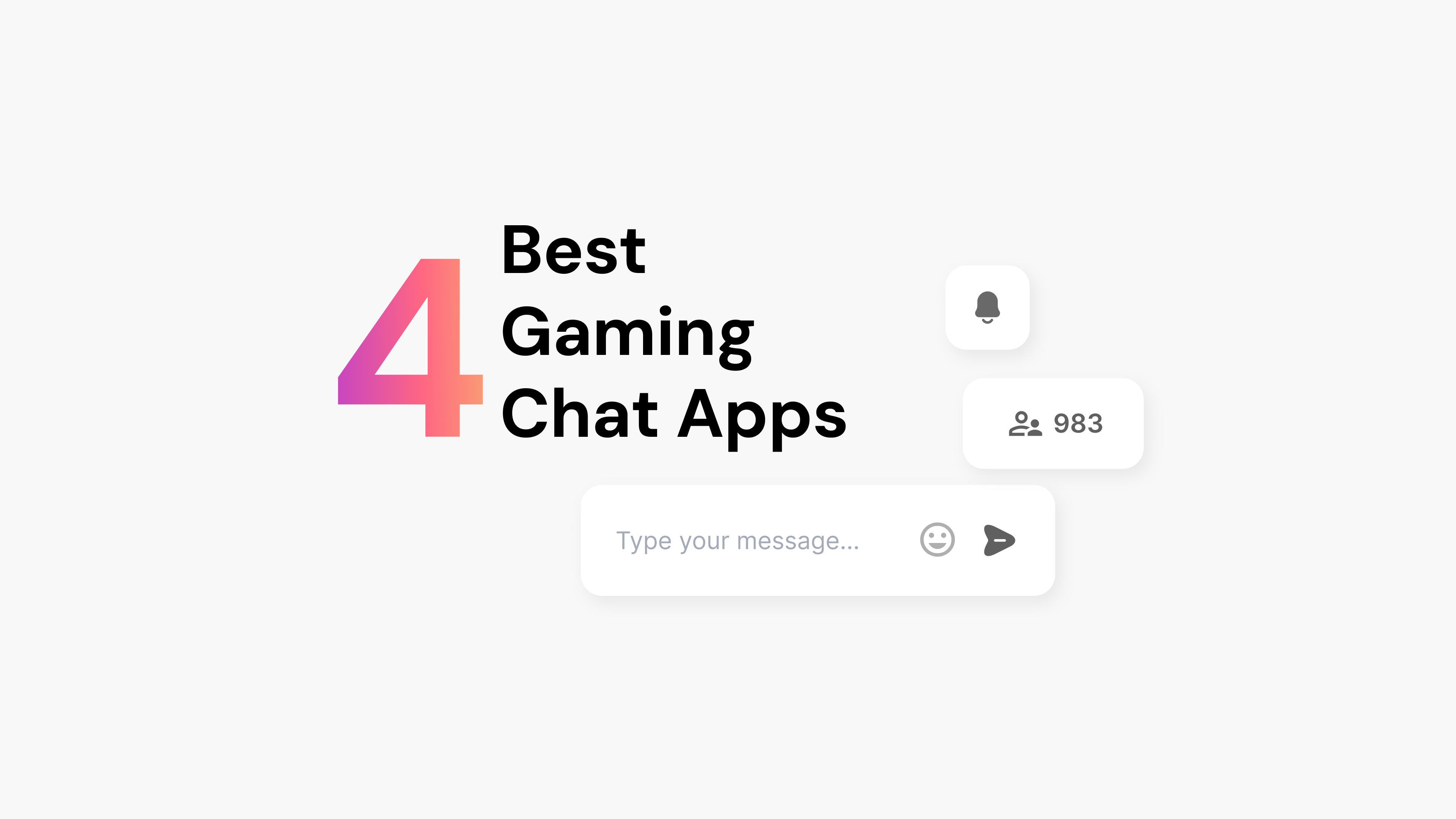Online chat and chat rooms have come a long way in recent decades. From command-line interfaces and early chat rooms to AI-powered messaging and live chat embedded on websites, real-time chats have reshaped how people connect.
In this quick guide to the history of online chat, you’ll explore how real-time communication tools have evolved over the decades to shape the way we connect today.
The History of Online Chat: An Overview
The Origins of Online Chat
Before the Internet, There Was the Telegraph
Long before the Internet came along, the telegraph laid the foundation for real-time communication over long distances. Invented in the early 19th century, it wasn’t just used for urgent messages or official news.
People used the telegraph for everything: from casual conversations and dating to coordinating logistics and financial transactions. Its functions mirrored many of the same functions we now associate with online chat. In many ways, it was the first technology to turn instant, text-based communication into a part of everyday life.
The 1970s: PLATO and the Talkomatic System
The first-ever chat room capable of supporting small-group discussions online was Talkomatic, launched in 1973 by American computer programmers David Woolley and Doug Brown. They created it using the learning system PLATO, developed at the University of Illinois.
The Talkomatic interface supported multi-user chat interactions. However, compared to today’s tools, the technology was limited, as the application had a maximum of six rooms and a limit of five participants per chat room.
Talkomatic became so popular that it inspired the development of an official chat function for the PLATO system, known as Term-talk. Users could access this feature by pressing the “TERM” key and typing “talk.” This allowed them to contact a specific person within the system and have a one-on-one rather than a group discussion.
The early 1980s: CompuServe and the CB Simulator
During the 1980s, chat platforms – primarily in the form of chatrooms – began to gain popularity. A key milestone was CompuServe’s launch of the CB Simulator in February 1980, an early internet service provider.
Modeled after Citizens Band (CB) radio, this was the first online chat service dedicated to the broader public. It allowed users to join channels, send messages in real time, and even adopt screen names, features that laid the groundwork for many of the online chat platforms that followed.
1988: Internet Relay Chat (IRC)
The Internet Relay Chat (IRC) was created in 1988 as a text-based chat system for instant messaging. Along with email, it is one of the few internet communication apps from before the 90s that remain in use today.
The chat process works on a client-server networking model, meaning that both client and server software are necessary for it to function. The IRC client connects to an online server, allowing users to select a channel to communicate with other users.
IRC made history when it was used to report Iraq’s invasion of Kuwait in 1991. While IRC is still online, its popularity has declined due to the launch of social media platforms.
Online Chat In The 1990s
Between 1989 and 1991, at the turn of the decade, Sir Tim Berners-Lee invented the World Wide Web, which forever changed the way people communicate. The introduction of the internet broadened the horizons and possibilities for all web users.
The 90s also saw the creation of “chat etiquette”, a set of universal rules that helped people establish respectful communication in online chat rooms, forums, and instant messaging platforms.
Chat rooms boomed during the decade, making it difficult to discuss each one in depth. Instead, let’s look at some of the most influential services and platforms.
AOL Chat Rooms and AOL Messenger
In the 1990s, America Online (AOL) was a prominent Internet service provider and became widely known for its popular chat rooms. The company offered its subscribers unlimited access to its chat rooms. In 1998, AOL launched its instant messaging platform, AIM (AOL Instant Messenger), and made it available to non-AOL subscribers.
ICQ (1996)
Launched in 1996, ICQ quickly acquired millions of chat users. The service was popular because it was available on multiple operating systems, including Windows, macOS, and Unix.
The app’s core functionality was direct text messaging between individual users. At its peak in 2001, the app had an estimated 100 million users.
MSN Messenger (1999-2014)
Released in 1999, MSN Messenger was another popular chat service. The chat app was widely perceived as a competitor to AOL’s AIM app, blending one-on-one messaging with early social networking features.
The Rise of Mobile Messaging: 2000s–2010s
As internet access expanded and mobile devices became more powerful, the world of online chat shifted dramatically. In the 2000s and 2010s, messaging moved from desktop-based platforms to mobile-first apps. This era saw the decline of early giants like MSN Messenger and the rise of apps that would redefine how we communicate up until today.
WhatsApp (2009–present)
Funded in 2009, WhatsApp gained rapid popularity due to its simple interface, cross-platform support, and use of phone numbers instead of usernames. It quickly became one of the most widely used messaging apps worldwide and was acquired by Facebook in 2014. As of 2025, the app surpassed 2.78 billion unique users globally.
iMessage (2011–present)
Apple launched iMessage in 2011 as part of iOS 5, integrating it directly into the Messages app. It allowed users of Apple’s suite of products (iPhone, iPad, and Mac) to send messages over the internet instead of SMS, offering read receipts, media sharing, and end-to-end encryption. It became a core part of the Apple ecosystem and a major differentiator for iOS devices.
Facebook Messenger (2011–present)
Originally part of the leading Facebook platform, Messenger became a standalone app in 2011. It allowed users to chat with their Facebook friends outside the core app, eventually evolving into a full-featured messaging platform with voice calls, video chats, bots, and business integrations.
WeChat (2011–present)
Launched by Chinese tech giant Tencent in 2011, WeChat expanded far beyond messaging. While it began as a simple chat app, it has evolved into an all-in-one platform that includes social media, payments, shopping, and government services in China. It’s one of the most influential mobile apps globally, especially in Asia.
Telegram (2013–present)
Telegram was launched in 2013, with a focus on speed, security, and privacy. It offered cloud-based messaging with support for large group chats, bots, and file sharing. Its commitment to encryption and user privacy attracted millions of users, especially those seeking alternatives to mainstream platforms.
Customer Service Chat, Chatbots, and AI: Today’s Online Chat
As social media grew in popularity in the 2000s, platforms like Facebook and Instagram added private chat features, allowing users to converse directly within their networks.
Beyond social media and messaging apps like WhatsApp, real-time chat has evolved into a powerful business tool, transforming customer service, sales, support, e-commerce, and more. Messaging also became a way for businesses and brands to engage users more personally and instantly, bridging the gap between companies and customers.
Three trends emerged over the past decade that shaped online chat as we know it today.
Customer Service Chat
With the rise of customer service chat, online chat services started to move away from purely social and recreational uses. Businesses embraced this new and promising channel as a faster alternative to email or phone support, offering customers real-time assistance with minimal wait times.
Chat service is also cost-effective, estimated to be 15-33% cheaper than phone support. This is largely due to support agents’ ability to manage multiple chat sessions simultaneously, reducing labor costs. Besides, chat also eliminates the need for a telephony infrastructure, long hold times, and call routing.
Streaming Chat Experiences
Around 2010, group chat merged with live video to create interactive streaming experiences. Platforms like Discord, Twitch, YouTube Live, and Facebook Live allowed users to watch shared content while engaging in live text conversations. For brands and creators, this opened new opportunities to understand and engage with audiences.
Tools like Chat Analyzer help companies monitor how their products and brands are being perceived in live Twitch chats, offering valuable insights into user sentiment, trends, and engagement.
Chatbots
The success of delivering customer service through online chat prompted a question: could computers help handle some of the work?
Early chatbots emerged as a solution, using rule-based scripts and basic automation to manage repetitive queries, such as “Where is my order?” or “What are your business hours?”. By using scripts to handle routine questions, chatbots helped reduce support volumes, leaving human agents to focus on more complex issues.
In recent years, advances in artificial intelligence, particularly natural language processing (NLP) and machine learning, have transformed simple chatbots into sophisticated tools. Modern AI-powered chatbots can understand user intent, carry out more complex tasks, handle natural conversations, and even provide personalized responses based on user data.
This shift has turned chatbots from simple automation tools into essential customer engagement components capable of delivering faster, smarter, and more human-like interactions.
Arena Group Chat and the Evolution of Online Chat
The launch of Arena in 2017 marked a new chapter in the evolution of online chat. Designed to facilitate real-time interactions online, Arena reintroduced the community feel of early chat technology with the power and flexibility modern brands and publishers need.
Arena Group Chat can be embedded into any website or application, allowing customers to engage their audiences without relying on third-party social platforms. A no-code, lightweight tool, Arena Group Chat excels during high-traffic moments like live events, product launches, and online broadcasts, boosting engagement, time on site, and audience participation.
At a time when social media platforms are flooded with disinformation and toxic behavior, Arena Group Chat proves to be an effective way for brands to connect with their audiences in a safe environment.
What Is The Future of Online Chat?
Artificial intelligence and the need to connect with others beyond social media are two significant trends that will shape the future. Large language models like ChatGPT show that chat-style interactions with AI have exciting potential. In some ways, ChatGPT combines the search engine experience with the chat functionality.
Since AI chat technologies are rapidly evolving, it is difficult to predict how they will shape the future. While the core purpose of online chat has always been human connection, the rise of AI opens up entirely new possibilities.
From personalized support to intelligent automation and even AI-to-human collaboration, the online chat is no longer just about conversation — it’s becoming a dynamic interface for how we interact with technology, brands, and each other.
Harnessing The Power of Chat For Your Website
While chat technologies have continuously evolved, the need for human connection remains constant. For brands, creating spaces where audiences can interact in real time is more important than ever. With Arena, you can turn your website into a thriving digital community built for engagement, connection, and growth.
Start using Arena Group Chat today. Create your free account here.



